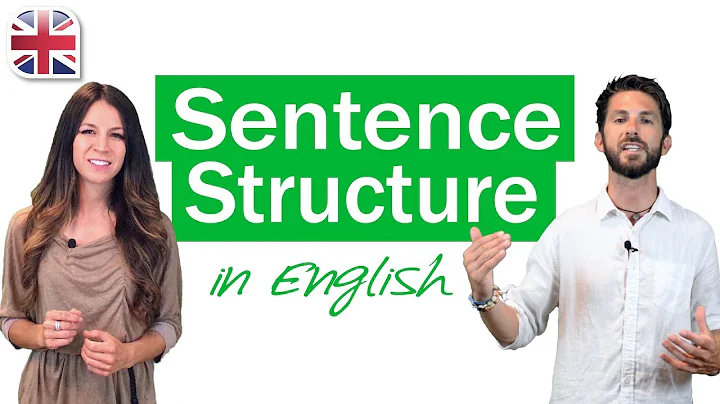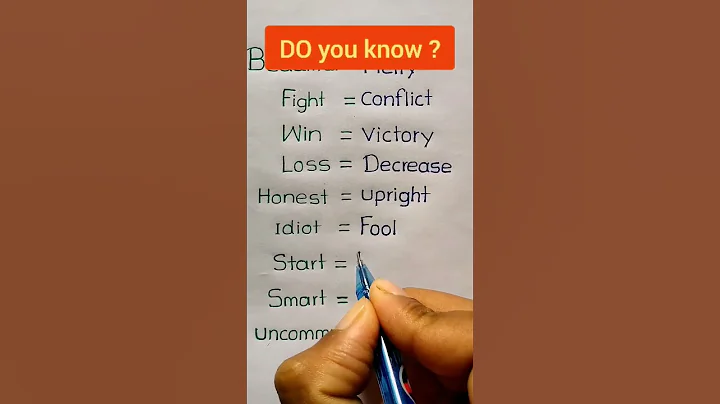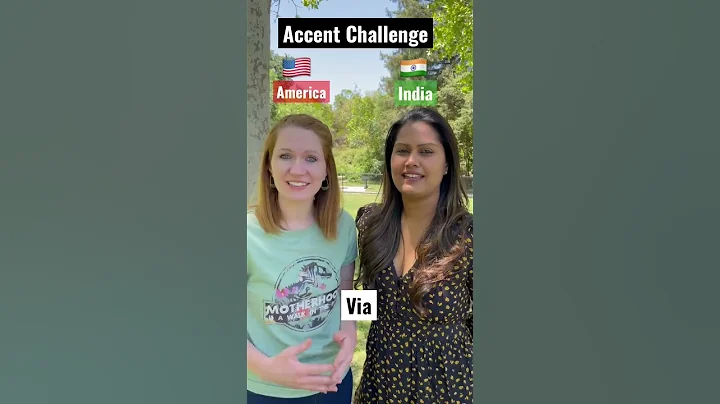Emphasis Sentence (Olympiad Database)

1. Emphasis Sentence Pattern
In order to emphasize a certain component of the sentence (usually the subject, object, or adverbial), the commonly used emphasis sentence pattern is:
It is (was) + the emphasized part + that (who )...° means that the emphasized it serves as the subject of the main clause in the sentence; the part emphasized by
can be the subject, object, predicate or adverbial; if the emphasized subject is a person, both that and who are available. For example: Last night I saw a film in the Youth Palace.
Emphasis on the subject: It was I that (or: who) saw a film in the Youth Palace last night.
Emphasis on the object: It was a film that I saw in the Youth Palace last night.
Emphasis on the adverbials of place: It was in the Youth Palace that I saw a film last night.
Emphasis on the adverbials of time: It was last night that I saw a film in the Youth Palace.
2. Connectors of emphasized sentences
Generally speaking, if the emphasized part is a person, use the conjunction that or who; when the emphasized part is an object,
you can also use who when referring to a person; if the emphasized part is a thing, you can only use the conjunction that.
It was John and Mike who/that saw Mary in the street last night.
It is Mary whom/who he often helps .
It was in the street that I met him yesterday.
3. The tense of the emphasized sentence
If in the original sentence The predicate verb uses the tense of the present category ( simple present tense , present continuous tense, present
perfect/ present perfect continuous tense , simple future tense, future continuous tense, future perfect tense, etc.), use It is. ..that….
If the predicate verb in the original sentence is in the tense of the past category (simple past tense, past continuous tense, past perfect tense,
past future tense, etc.), use It was...that....
Mary met an old beggar in the street yesterday.
It was Mary who/that met an old beggar in the street yesterday. (emphasis on the subject)
It was an old beggar whom/that Mary met in the street yesterday. (emphasis on the object)
It was yesterday that Mary met an old beggar in the street. (emphasis on time adverbial)
verb .
It must be Peter who has let this secret out.
It might be last night that they did their homework.
4. Emphasize the sentences containing not until. When
emphasizes the sentence pattern of not until, not is placed before the until clause, and the predicate verb of the main clause changes accordingly, that is,
it is (was) + not until clause + that + other.
It was not until he had finished the work that he went home.
It was not until 12 o'clock last night that my brother came home.
5. Interrogative sentences with emphasis
Interrogative forms that emphasize the structure: emphasize something in the general interrogative sentence When there is one component, the order of general questions
sentences should be used in the main clause. For example:
Was it you that/who broke the window?
Was it in the war that he lost his son?
emphasizes the interrogative words in special interrogative sentences. Its structural pattern is: "Interrogative word + is/was + it +that.. ."
is very similar to the emphasis mode of exclamatory sentences. First, the beginning of the interrogative sentence is used as the emphasized part, and it is inserted into the
emphasis structure, and then it is turned into a question sentence.
1. Where were you born? → Where was it that you were born?
2. What did you want to see? → What was it that you wanted to see?
3. How many people are being trained for the special work?
→ How many people is it that are being trained for the special work?.
6. Subject-verb agreement in emphasized sentence patterns
When the emphasized component is the subject of the original sentence, the predicate verb after that/who should maintain a consistent relationship with the emphasized noun or pronoun
in terms of person and number, so that Choose the appropriate verb form.
It is you who/that are wrong.
It is I who/that am answering the question.
But if the emphasized part is a personal pronoun, it is reasonable to use the personal pronoun nominative form, but it can also be used in spoken or non-
formal styles. Its accusative form, at this time, the predicate verb of that/who should use the singular third person form
form is or was.
It is me who is being asked the favor.
In addition, in the It is/was..., not...that... sentence pattern, the predicate verb should be consistent with the affirmative part of the word
. For example: It is my brother, not I that studies in that school.
It is you, not your sister that are in charge of the company.
Six, The emphatic structure of exclamatory sentences must reflect the formal characteristics of the emphatic sentence pattern , and also reflect the natural word order of exclamatory sentences.
1. How happy he looks! → How happy it is that he looks!
2. What a clever boy he is! → What a clever boy it is that he is!
7. How to identify emphatic sentence patterns and similar sentence patterns Analysis of
emphasized sentence pattern is easily confused with attributive clause , noun clause , adverbial clause and other related sentence patterns. The method to judge
is: remove the remaining part of It is/was...that from the emphasized sentence pattern. It is still a complete
sentence in both syntax and meaning.
It was yesterday that I met him. Remove "It was
Yesterday I met him" in the sentence. The meaning and grammar of the sentence are very correct, indicating that this is an emphasized sentence. But other sentences
type will not work.





















